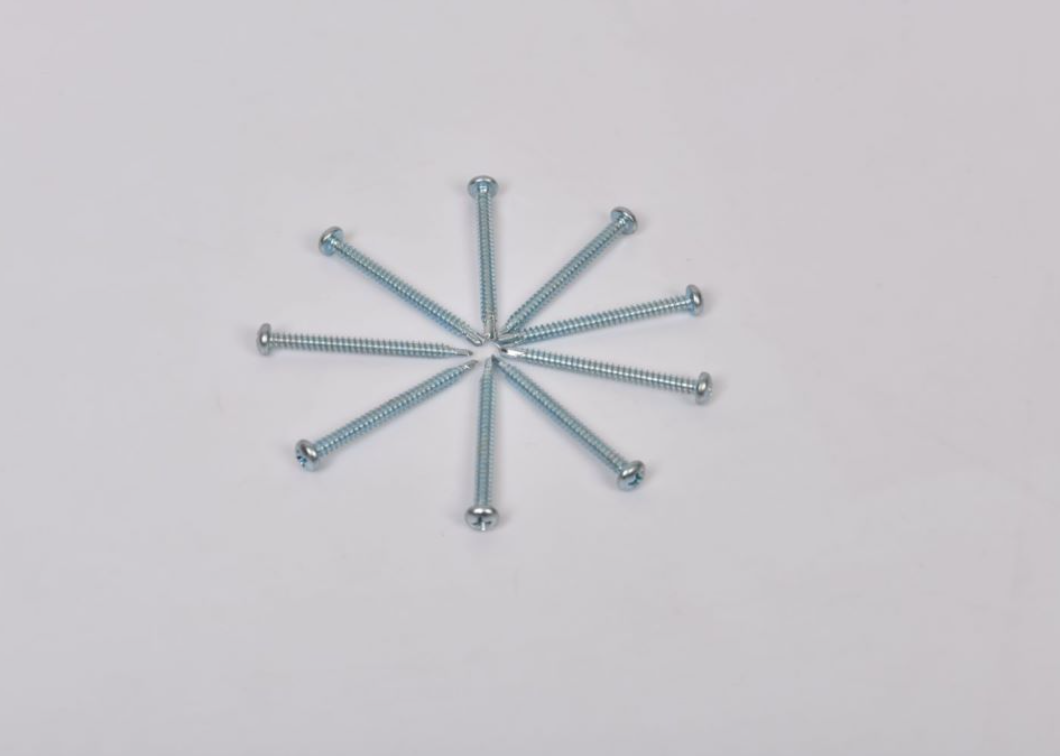flat washer vs lock washer
Flat Washers vs. Lock Washers Understanding Their Roles and Applications
Flat Washers vs
. Lock Washers Understanding Their Roles and ApplicationsFlat Washers are simple, flat discs typically made from materials like metal, plastic, or rubber. Their primary function is to distribute the load of a threaded fastener—like a bolt or screw—over a larger surface area. This helps to prevent damage to fragile components and ensures an even load distribution, which can reduce the risk of loosening over time. Flat washers can also act as spacers or provide insulation in electrical applications. They are widely used in construction, automotive, and industrial applications where sheer load distribution is critical.
flat washer vs lock washer

In contrast, Lock Washers are designed specifically to prevent fasteners from loosening due to vibrations or external forces. There are several types of lock washers, including split lock washers, tooth lock washers, and helical spring washers, each with its own method of creating friction. For instance, split lock washers have a split in the ring that allows them to bite into the bolted surface, providing resistance against loosening. This makes them an excellent choice for applications subjected to dynamic loads or vibrations, such as in machinery or vehicles.
While both types of washers are crucial for ensuring sturdiness in assemblies, choosing the right one depends on the specific requirements of the project. Flat washers are preferred when load distribution and surface protection are the primary concerns. Conversely, if there is a significant risk of loosening due to vibrations, lock washers are the ideal choice.
In summary, understanding the differences between flat washers and lock washers is vital for anyone involved in engineering, construction, or assembly tasks. While flat washers provide the essential function of load distribution, lock washers are indispensable in applications that require enhanced safety and security against loosening. Selecting the appropriate washer can significantly influence the integrity and longevity of a mechanical assembly, underscoring the importance of these seemingly simple yet crucial components in engineering design.
-
Top Choices for Plasterboard FixingNewsDec.26,2024
-
The Versatility of Specialty WashersNewsDec.26,2024
-
Secure Your ProjectsNewsDec.26,2024
-
Essential Screws for Chipboard Flooring ProjectsNewsDec.26,2024
-
Choosing the Right Drywall ScrewsNewsDec.26,2024
-
Black Phosphate Screws for Superior PerformanceNewsDec.26,2024
-
The Versatile Choice of Nylon Flat Washers for Your NeedsNewsDec.18,2024










